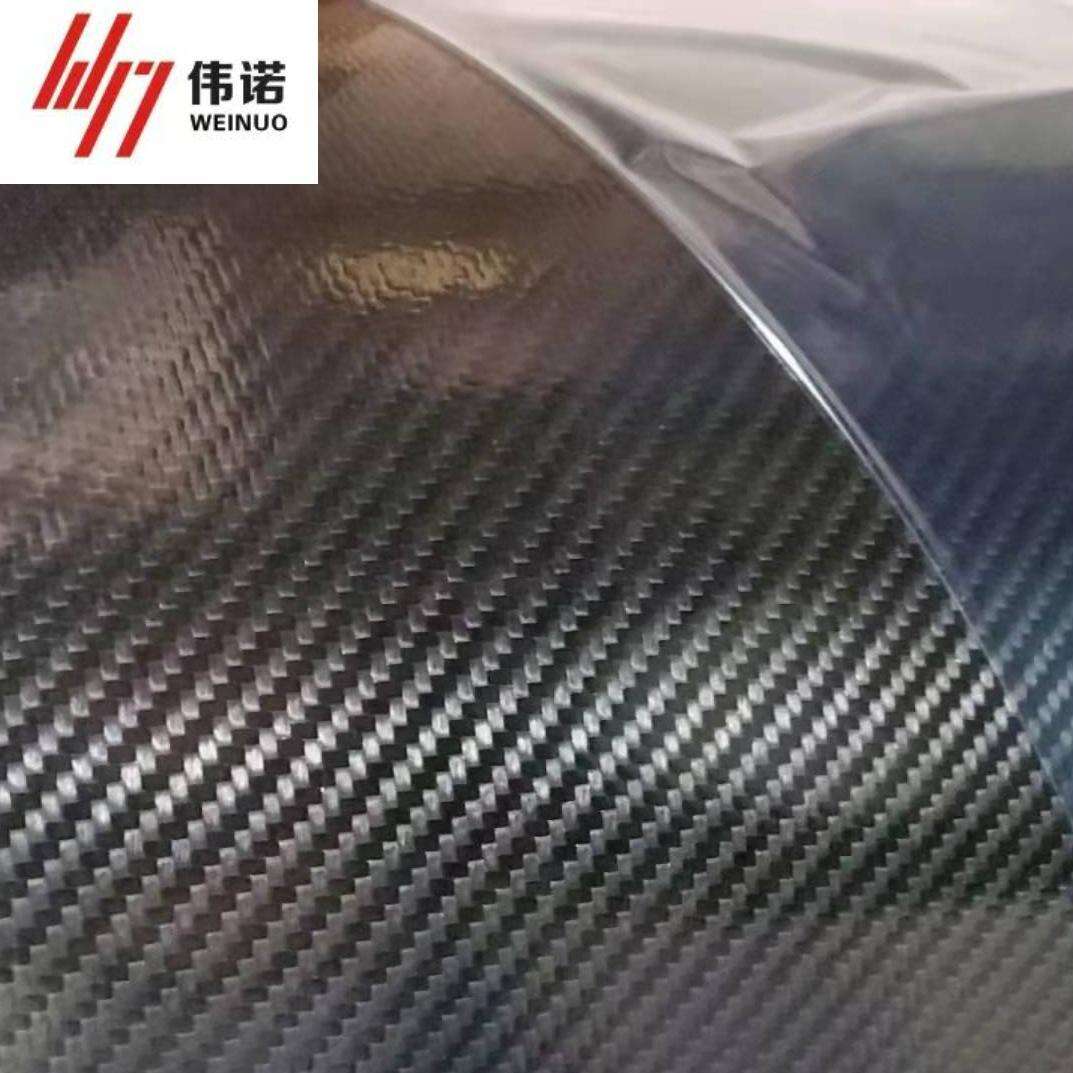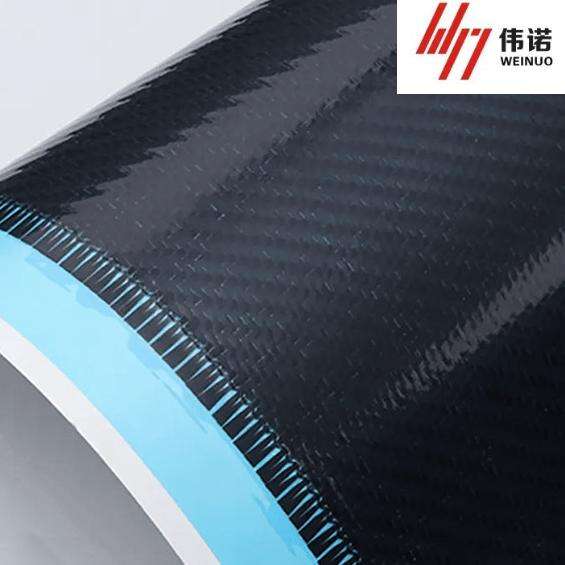Understanding the Environmental Impact of Advanced Composite Materials
The aerospace and automotive industries have increasingly turned to prepreg carbon fiber as a revolutionary material for lightweight, high-performance applications. While its technical advantages are well-documented, the environmental implications of using prepreg carbon fiber deserve careful consideration. This comprehensive analysis explores the ecological aspects of this advanced composite material throughout its lifecycle, from production to disposal.
Production Process and Environmental Footprint
Energy-Intensive Manufacturing
The production of prepreg carbon fiber requires significant energy input, primarily due to the high temperatures needed during the carbonization process. The carbon fibers must be heated to temperatures exceeding 1,000°C in an oxygen-free environment, consuming substantial amounts of electricity. This energy-intensive process contributes to the material's overall carbon footprint, making it crucial for manufacturers to seek renewable energy sources and optimize production efficiency.
Chemical Usage and Emissions
The manufacturing of prepreg carbon fiber involves various chemical processes, particularly in the preparation of the pre-impregnated resin system. The polyacrylonitrile (PAN) precursor used in carbon fiber production releases volatile organic compounds (VOCs) and other potentially harmful emissions. Modern facilities employ advanced filtration and recycling systems to minimize these environmental impacts, but the chemical footprint remains a significant consideration.
Water Resource Management
Water plays a crucial role in several stages of prepreg carbon fiber production, from cooling systems to chemical processing. Manufacturers must implement comprehensive water management strategies to reduce consumption and prevent contamination. Closed-loop systems and water treatment facilities have become standard features in advanced production facilities, helping to minimize the environmental impact on local water resources.
Lifecycle Assessment and Sustainability
Material Durability and Longevity
One significant environmental advantage of prepreg carbon fiber is its exceptional durability and resistance to degradation. Components made from this material typically have longer service lives than traditional alternatives, reducing the need for replacement and the associated environmental costs of manufacturing new parts. This extended lifespan helps offset the initial environmental impact of production.
Weight Reduction Benefits
The lightweight nature of prepreg carbon fiber contributes to significant environmental benefits in transportation applications. When used in aircraft or vehicles, the reduced weight leads to lower fuel consumption and decreased emissions throughout the operational life of the component. Studies have shown that for every kilogram of weight reduced in an aircraft, approximately 1,500 liters of fuel can be saved over its lifetime.
End-of-Life Management and Recycling Challenges
Current Recycling Technologies
The recycling of prepreg carbon fiber presents unique challenges due to its thermoset resin matrix. Traditional mechanical recycling methods often result in degraded material properties, limiting the applications for recycled content. However, emerging technologies such as pyrolysis and solvolysis show promise in recovering high-quality carbon fibers while breaking down the resin matrix. These advanced recycling processes are gradually becoming more commercially viable.
Waste Reduction Strategies
Manufacturers are implementing various strategies to minimize waste during the production of prepreg carbon fiber components. Computer-aided design and automated cutting systems help optimize material usage, while scrap collection and reprocessing initiatives ensure that production waste is properly managed. Some facilities have achieved near-zero waste through comprehensive material recovery programs.

Future Developments and Green Innovations
Bio-Based Alternatives
Research into bio-based precursors and resins for prepreg carbon fiber shows promising potential for reducing environmental impact. Natural materials such as lignin and cellulose are being investigated as sustainable alternatives to traditional PAN precursors. These bio-based options could significantly lower the carbon footprint of production while maintaining the material's high-performance characteristics.
Energy Efficiency Improvements
Technological advancements in manufacturing processes continue to reduce the energy requirements for prepreg carbon fiber production. Microwave-assisted carbonization and other innovative technologies are being developed to decrease energy consumption while maintaining or improving material quality. These developments represent important steps toward more sustainable production methods.
Frequently Asked Questions
How does prepreg carbon fiber compare environmentally to traditional materials?
While prepreg carbon fiber has a higher initial environmental impact during production, its lightweight properties and long service life often result in net environmental benefits over traditional materials, particularly in transportation applications where fuel efficiency is critical.
What happens to prepreg carbon fiber at the end of its life cycle?
Currently, most prepreg carbon fiber components end up in landfills, but advanced recycling technologies are being developed and implemented to recover and reuse the valuable carbon fibers. These include pyrolysis, solvolysis, and mechanical recycling methods.
Are there environmentally friendly alternatives to traditional prepreg carbon fiber?
Research is ongoing into bio-based precursors and resins that could offer more sustainable alternatives. Additionally, manufacturers are developing hybrid materials that combine carbon fiber with natural fibers to reduce environmental impact while maintaining performance characteristics.


